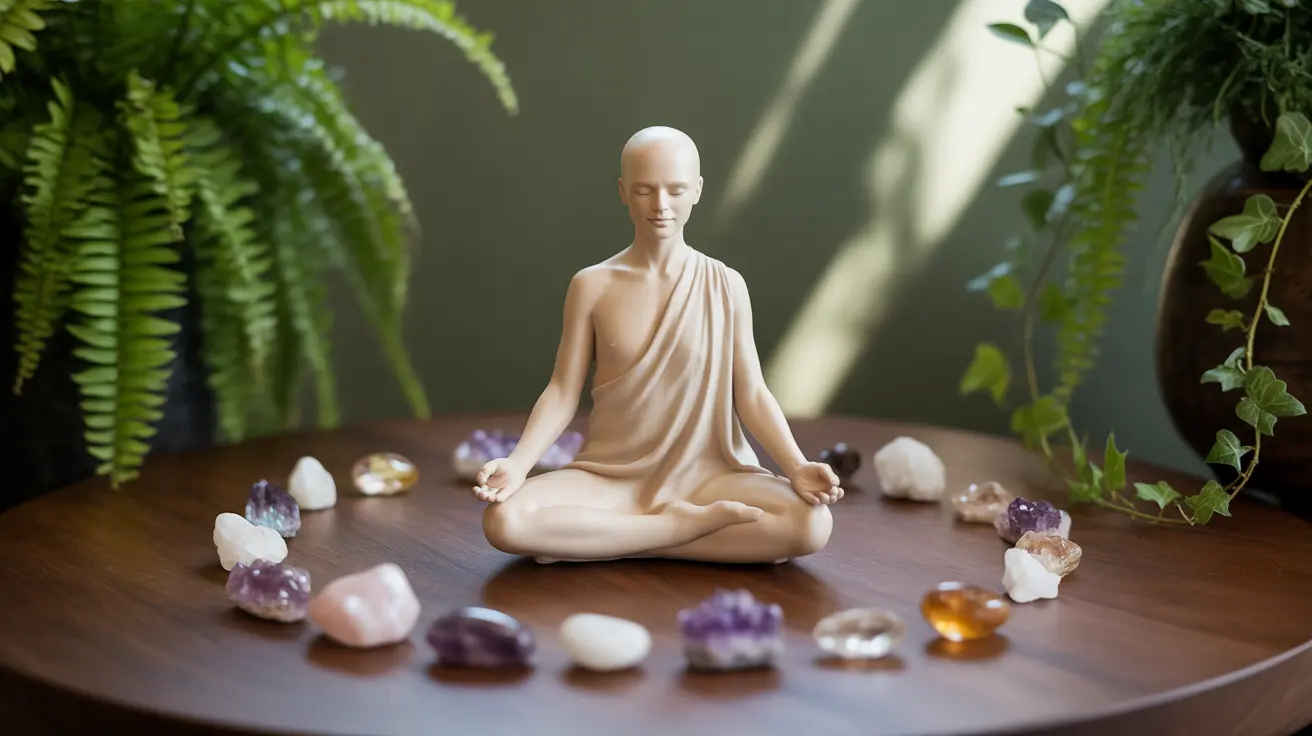The practice of crystal healing has captivated people for thousands of years, with practitioners claiming these beautiful minerals possess unique energetic properties that can influence our physical and emotional well-being. As interest in alternative wellness practices continues to grow, many are asking how crystals work and what role they might play in modern healing practices.
This comprehensive guide explores the principles behind crystal healing, examines the available evidence, and provides a balanced perspective on their potential benefits and limitations in wellness routines.
The Basic Principles of Crystal Healing
Crystal healing practitioners believe that these minerals work through energetic vibrations and frequencies that interact with the body's electromagnetic field. The fundamental theory suggests that crystals can help balance and align our energy centers, commonly known as chakras, and promote physical and emotional healing.
Different crystals are thought to resonate at various frequencies, which supposedly allows them to influence specific aspects of our well-being. For example, clear quartz is often referred to as a "master healer" due to its purported ability to amplify energy and intentions.
Scientific Perspective on Crystal Healing
From a scientific standpoint, there is currently no empirical evidence supporting the direct healing properties of crystals. Any reported benefits are often attributed to the placebo effect – a well-documented phenomenon where belief in a treatment can lead to genuine psychological and sometimes physical improvements.
While crystals may not have proven medical benefits, research has shown that mindfulness practices and relaxation techniques – which often incorporate crystals as tools for focus – can have measurable positive effects on stress levels and emotional well-being.
Common Types of Healing Crystals and Their Alleged Properties
Clear Quartz
Known as the "master healer," clear quartz is believed to amplify energy and promote clarity of thought. It's often used in meditation practices and for setting intentions.
Amethyst
This purple crystal is associated with promoting calm and reducing anxiety. Many practitioners use it for enhancing sleep quality and supporting meditation practices.
Rose Quartz
Commonly known as the "stone of love," rose quartz is thought to promote emotional healing and self-love. It's frequently recommended for relationship issues and heart-centered healing.
Safe and Effective Use of Crystals
If you're interested in incorporating crystals into your wellness routine, it's important to maintain realistic expectations and follow these guidelines:
- Use crystals as complementary tools rather than primary treatment
- Maintain proper hygiene by regularly cleaning your crystals
- Research crystal sources to ensure ethical mining practices
- Consider crystals as part of a broader self-care routine
Important Considerations and Limitations
While crystals can be beautiful additions to a holistic wellness practice, it's crucial to understand their limitations. They should never be used as a replacement for professional medical care, especially for serious physical or mental health conditions.
Frequently Asked Questions
How do crystals work in terms of their supposed healing properties?
Crystal healing practitioners believe these minerals work through vibrational energy that interacts with the body's electromagnetic field. However, there is no scientific evidence proving this mechanism. Any benefits experienced may be attributed to the placebo effect and the mindful practices associated with crystal use.
What evidence supports the use of crystals for stress relief and emotional balance?
While there isn't scientific evidence directly supporting crystal healing, research shows that mindfulness practices and relaxation techniques – which may incorporate crystals – can help reduce stress and promote emotional well-being. The benefits may come from the ritualistic and meditative aspects of working with crystals.
Can crystals be used as a substitute for medical treatment for conditions like anxiety or depression?
No, crystals should never be used as a substitute for professional medical treatment, especially for mental health conditions like anxiety or depression. While they may be used as complementary tools for relaxation and mindfulness, proper medical care is essential for managing these conditions.
How do different types of crystals, such as quartz or amethyst, differ in their alleged healing effects?
Different crystals are traditionally associated with various properties: clear quartz is believed to amplify energy, amethyst is linked to calm and stress relief, and rose quartz is associated with emotional healing. However, these associations are based on traditional beliefs rather than scientific evidence.
What are the potential risks or drawbacks of using crystals as part of a wellness routine?
The main risk of crystal use is relying on them instead of seeking appropriate medical care when needed. Additional considerations include the cost of purchasing crystals, potential contamination if not properly cleaned, and the environmental impact of crystal mining. It's important to maintain realistic expectations about their benefits.




